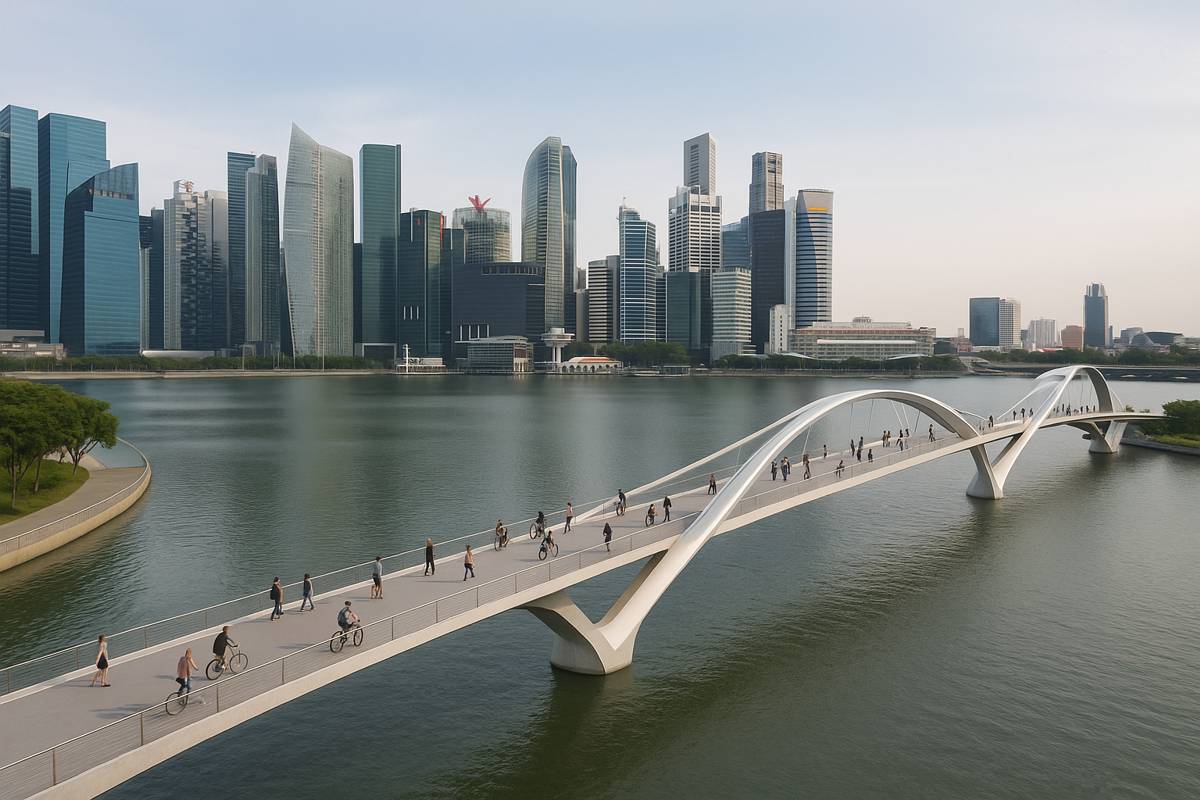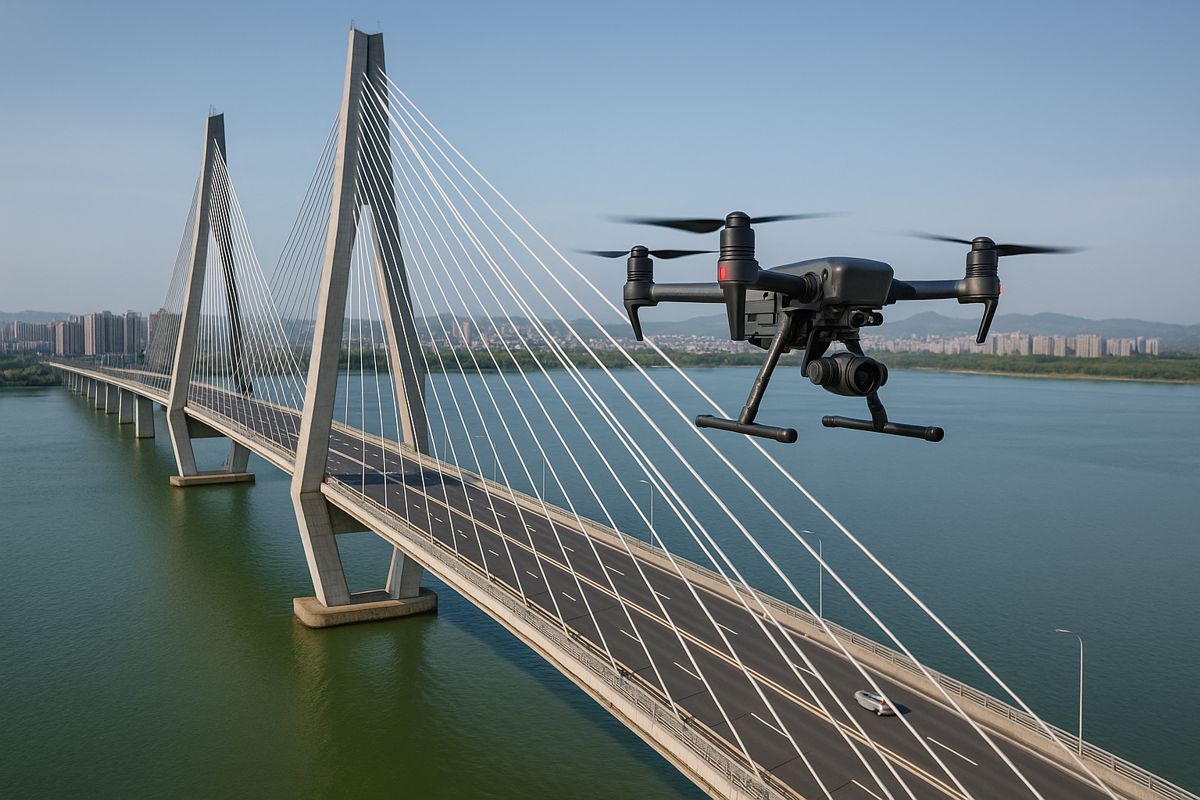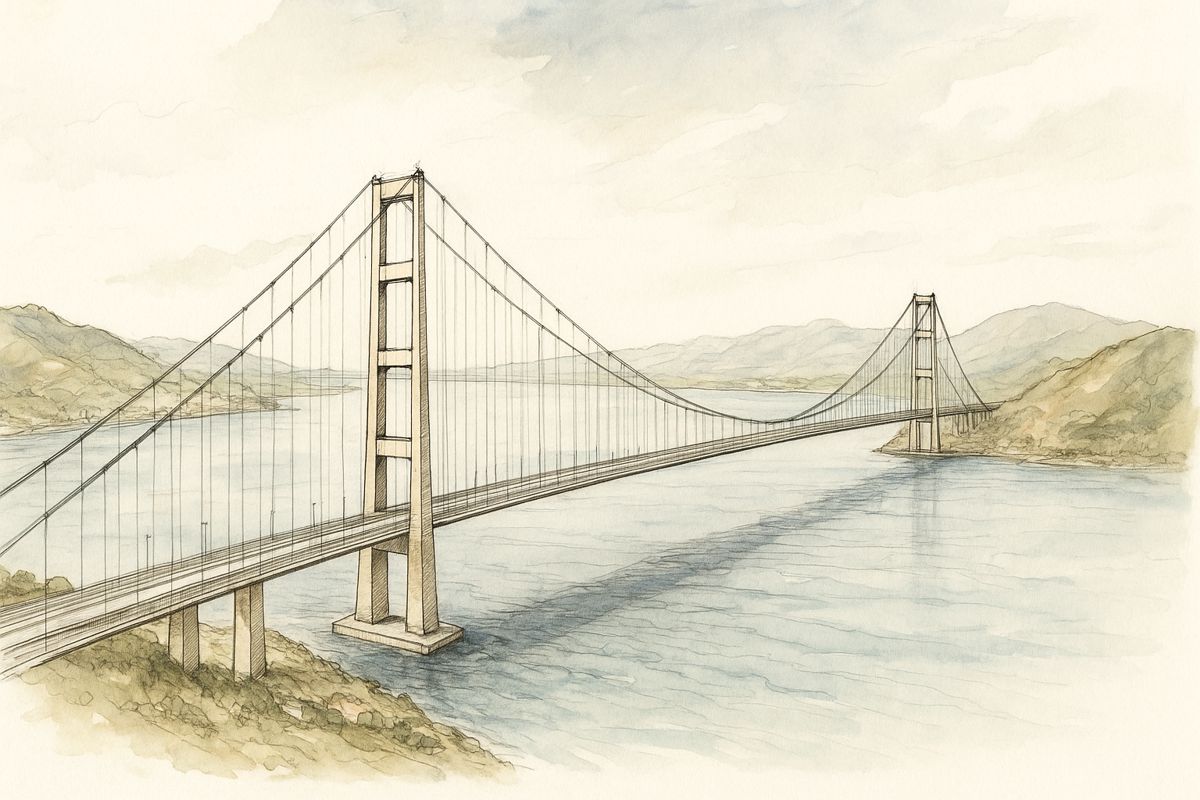Doka Formwork solutions will revolutionise power-plant construction projects
Renewable energy is the big growth sector in the power-generation industry. The International Energy Agency (IAE) forecasts that in 2023, renewables will generate almost 30 % of total electricity demand, compared to a figure of 24 % for 2017. Hydropower remains the biggest single source of renewable energy, covering 16 % (by 2023) of worldwide electricity demand, followed by wind farms (6 %), solar (4 %) and bioenergy (3 %). Doka supplies formwork solutions for power-plant construction all over the world and is a player in energy projects for the coming generations.
Hydropower is the biggest renewable source of electricity, producing about 16 % of the world’s electricity with more than 1200 gigawatts (GW) of installed power. The latest IEA forecasts anticipate an increase of 125 GW in cumulative capacity by 2023.

– The new 17.7 MW hydroelectric power plant will generate sustainable, eco-friendly electricity for 20,000 households. Annual CO² savings amount to 60,000 metric tons. The figure is the equivalent of exhaust emissions from 36,000 private cars. Doka supplied the custom formwork for the complex draft-tube geometry and curved slab formwork for the water intake.
More than 2000 years ago, the ancient Greeks harnessed the power of streams to drive millwheels and grind grain to flour. In modern times, water power is one of the most cost-effective ways of generating electricity and it is often the method of choice, whenever available. Norway, for example, generates 99 % of its electricity from hydropower. In principle, hydropower utilises flowing water to drive turbines.
The turbines are either driven by dammed water from reservoirs or are installed in what are known as run-of-river hydroelectric stations. Depending on the capacity of the reservoirs they impound, hydroelectric dams can store water for short or long periods to cover the demand for energy. In a run-of-river hydroelectric station, the flowing water is channelled through the turbine. The amount of energy generated by a plant of this kind depends on the flow rate. In most cases, there is only a slight difference in height between headwater and tailwater.

Know-how from many years of experience in power-plant construction
The history of Doka is closely connected to the construction of power stations. The name Doka has its origin in the supply of formwork components for the Austrian Donaukraftwerke (DOKW) [Danube Power Stations] in the 1950s.
The company’s experience of decades in international power station construction is at the disposal of Doka customers for their projects. Doka dam formwork systems are among those tried and proven many times over in dam and barrage construction for hydroelectric power stations.

Dam formwork is used for one-sided forming of structures such as dams and barrages without the use of form ties. The climbing scaffold transfers the concrete loads to the previous pouring section.
The dam formwork with its system versions offers economical standard solutions for block heights up to 5.00 m without additional mounting parts and ties. It also adapts flexibly to project-specific requirements because it combines with framed, beam and steel formwork systems. Enclosed, generously dimensioned working platforms up to 2.80 m wide ensure safe working conditions.

– The extension of the Vamma power station ranks as one of Europe’s biggest hydropower upgrades since the 1980s. In all, 1500 cubic meters of water per second will flow through the plant’s twelve turbines. Custom formwork built by the Doka Pre-assembly Service was used for the draft tube.
High-performing service for successful projects
Doka applies its wealth of formwork and concrete-engineering competence to develop the ideal formwork solution for the project and the chosen method of construction.
All this, combined with high-performing service packages, produces an optimised customer solution well able to deal with the challenge of meeting and beating the set of project-related requirements. An all-inclusive logistics concept contributes significantly to success on power station builds with different construction lots.

Doka develops end-to-end formwork concepts with detailed utilisation plans through to 3D planning of complex construction lots and utilises synergies between construction lots to save materials. Integrating BIM (Building Information Modelling) into power station projects enables formwork solutions to integrate seamlessly and cost-effectively into construction and eliminates possible future interface problems while the project is still in the planning phase.
Doka considers skilled engineering support on site essential for these power-plant projects. Formwork instructors from Doka support the team on site, ensuring professional instruction for the crew and correct assembly and handling of the formwork systems.




















